
Start a Budget-Friendly Sustainable Home Garden Today: Complete Guide
What's in This Article
Starting a sustainable home garden on a budget is a rewarding endeavor that not only helps in reducing grocery costs but also contributes to a more eco-friendly lifestyle. With the rising costs of organic produce and increasing environmental concerns, growing your own fruits, vegetables, and herbs can be a practical solution. By selecting high-value crops that are expensive to buy but cheap to grow, such as leafy greens, tomatoes, and herbs, you can enjoy fresh, organic produce right from your backyard. Moreover, utilizing vertical gardening techniques and repurposing household items as planters can maximize your space and minimize costs. Water-saving techniques like DIY drip irrigation systems further enhance the sustainability of your garden. In this comprehensive guide, we will explore the steps to start a budget-friendly sustainable home garden, the benefits of organic farming, and how community efforts can support your gardening journey.

Starting a sustainable home garden involves creativity and resourcefulness, turning everyday items into planters to reduce costs and promote eco-friendly practices.
Choosing the Right Crops for Your Garden
When starting a home garden, selecting the right crops is crucial for maximizing your yield and minimizing costs. Focus on high-value crops that are expensive to purchase but easy to grow at home.
High-Value Crops
Leafy greens, tomatoes, and herbs are excellent choices for a home garden. Leafy greens like spinach and kale are nutrient-dense and can be harvested multiple times, providing a continuous supply. Tomatoes are versatile and can be used in various dishes, offering a great return on investment. Herbs such as basil, mint, and cilantro not only enhance the flavor of your meals but also save you money as they are often sold at a premium in stores.
Companion Planting
Companion planting is a technique where certain plants are grown together to enhance growth and deter pests. For instance, planting basil alongside tomatoes can improve the flavor of the tomatoes and repel insects. Marigolds can be planted with vegetables to deter nematodes and other pests. This method not only boosts productivity but also reduces the need for chemical pesticides, aligning with sustainable gardening practices.
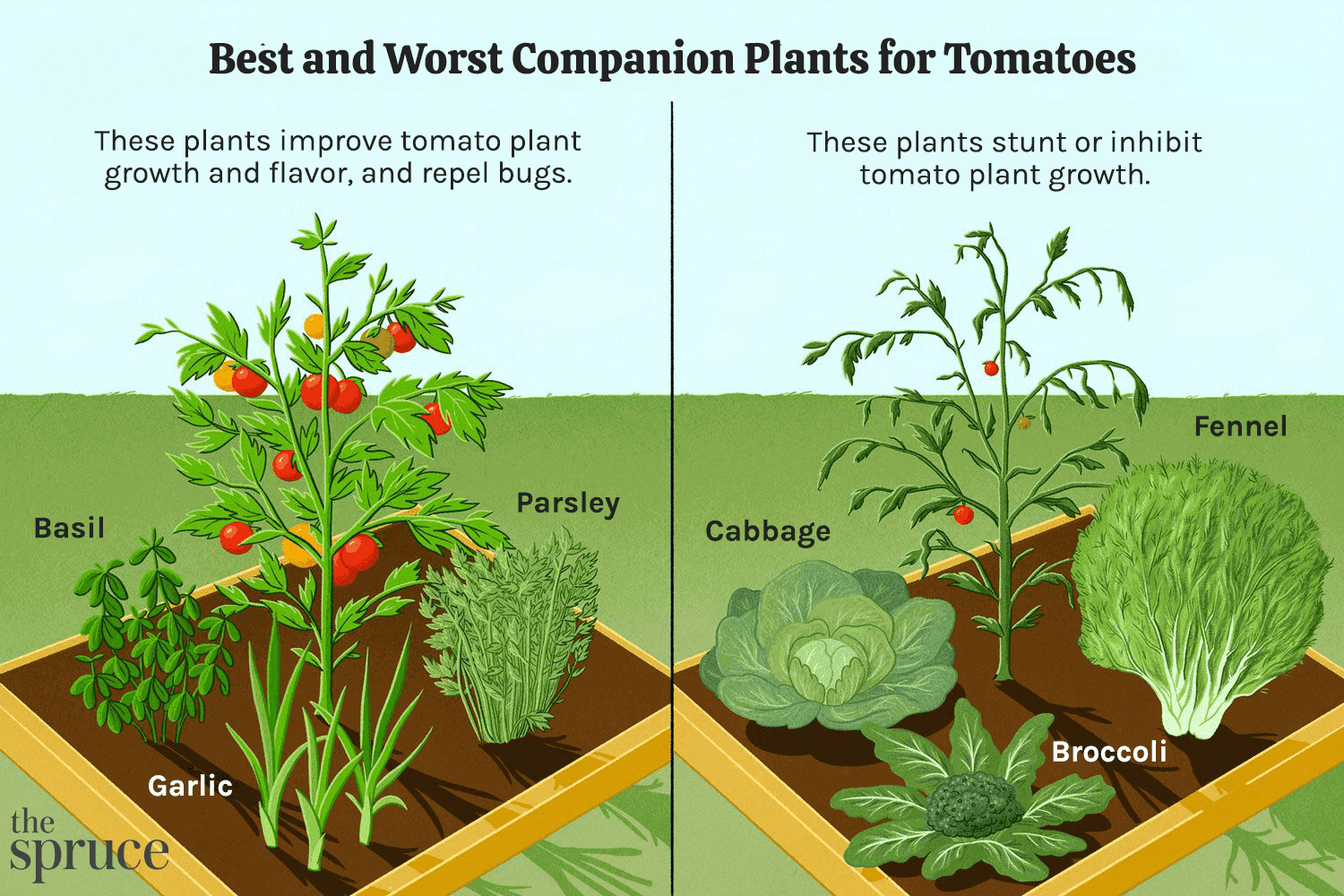
Companion planting, such as growing basil with tomatoes, can enhance flavor and deter pests, optimizing plant health and yield in the garden.
Seasonal Planting
Understanding the growing seasons in your region is essential for successful gardening. Planting crops in their optimal season ensures better growth and yield. For example, cool-season crops like lettuce and peas thrive in spring and fall, while warm-season crops like peppers and cucumbers do best in summer. By planning your garden according to the seasons, you can enjoy a variety of fresh produce throughout the year.

Understanding regional growing seasons and planting crops at optimal times ensures better growth and yields, adapting to seasonal changes for gardening success.
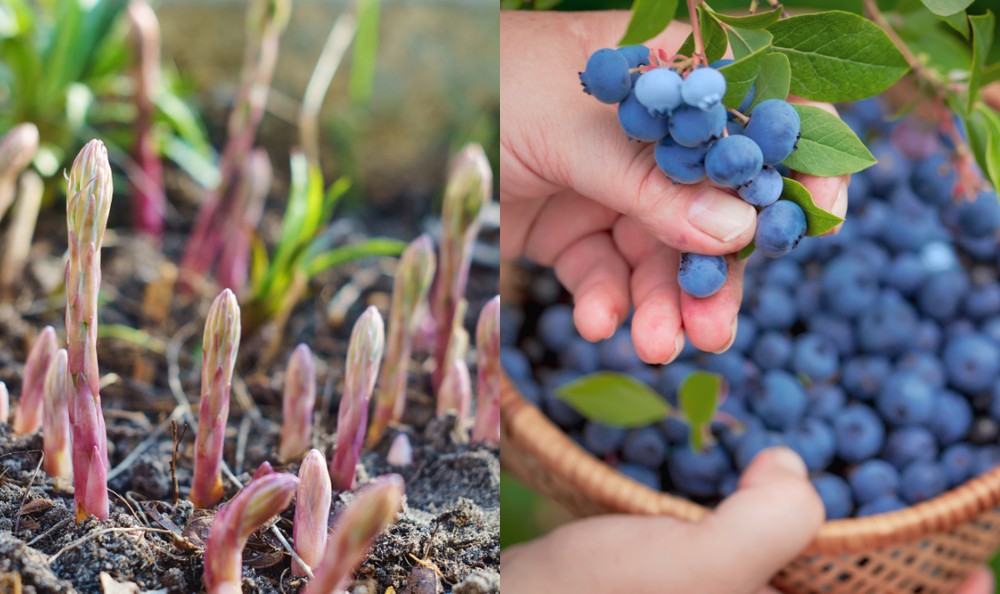
Focusing on high-value crops such as tomatoes and herbs can maximize yield and minimize costs, making them ideal choices for budget-friendly gardening.
Maximizing Space with Vertical Gardening
Space constraints should not deter you from starting a home garden. Vertical gardening is an innovative solution that allows you to grow more plants in limited spaces by utilizing vertical surfaces.
Vertical Structures
Vertical structures such as trellises, wall planters, and hanging baskets can transform small spaces into productive gardens. Trellises are ideal for climbing plants like beans and cucumbers, while wall planters can be used for herbs and small vegetables. Hanging baskets are perfect for trailing plants like strawberries and cherry tomatoes.
Utilizing Overlooked Spaces
Look for overlooked spaces around your home that can be converted into gardening areas. Windowsills, balconies, and even the sides of your house can be utilized for growing plants. For instance, a sunny windowsill is perfect for growing herbs, while a balcony can accommodate larger containers for vegetables. By creatively using these spaces, you can expand your garden without needing additional land.
Container Gardening
Container gardening is another effective way to maximize space. By using pots, buckets, and other containers, you can grow a variety of plants even in small areas. This method is particularly useful for urban gardeners with limited outdoor space. Additionally, containers can be moved to take advantage of sunlight and protect plants from harsh weather conditions.
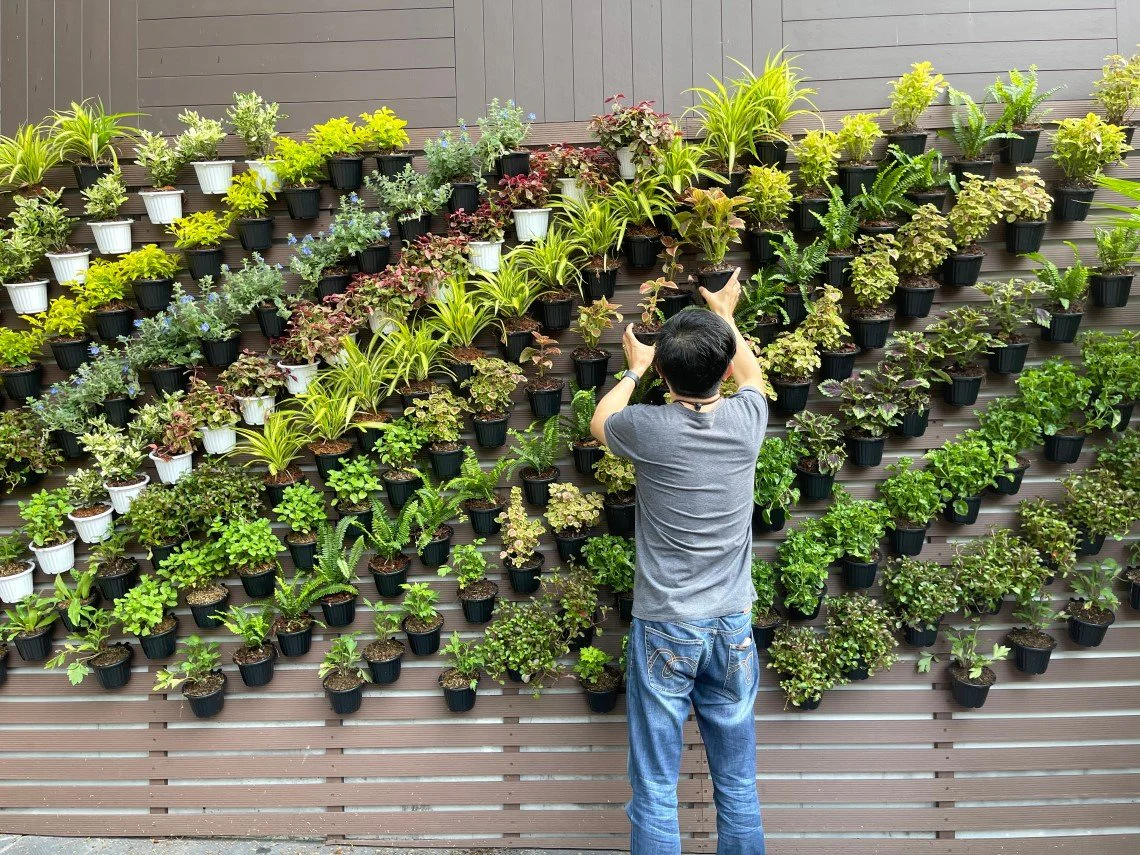
Vertical gardening transforms limited spaces into lush, productive areas by utilizing vertical surfaces, offering innovative solutions for urban gardeners.
Cost-Effective Gardening Techniques
Gardening on a budget requires creativity and resourcefulness. By repurposing household items and implementing cost-saving techniques, you can reduce expenses while maintaining a productive garden.
Repurposing Household Items
Many household items can be repurposed as planters. Old buckets, coffee cans, and fruit punnets can be used to grow plants, reducing the need to purchase expensive pots. Ensure that these containers have drainage holes to prevent waterlogging. Additionally, using recycled materials not only saves money but also reduces waste, contributing to a more sustainable lifestyle.
DIY Composting
Composting is an excellent way to create nutrient-rich soil for your garden at no cost. By using kitchen scraps such as vegetable peels, coffee grounds, and eggshells, you can produce compost that enriches the soil and promotes healthy plant growth. Setting up a compost bin in your backyard or using a small indoor composting system can significantly reduce waste and enhance your garden's productivity.
Water-Saving Techniques
Water conservation is a critical aspect of sustainable gardening. Implementing water-saving techniques like DIY drip irrigation systems can reduce water usage and costs. For instance, old water bottles can be used to create a simple drip irrigation system that delivers water directly to the plant roots, minimizing evaporation and ensuring efficient water use. Mulching is another effective method to retain soil moisture and reduce the need for frequent watering.
Community and Support Systems
Engaging with community gardening initiatives and support systems can enhance your gardening experience and provide valuable resources.
Community Gardens
Community gardens offer shared spaces for individuals to grow their own produce. These gardens provide numerous benefits, including access to land, shared resources, and a sense of community. Participating in a community garden can also provide opportunities to learn from experienced gardeners and exchange tips and ideas. According to a study, community gardens play a crucial role in urban agriculture, offering access to familiar vegetables and herbs.

Participating in a community garden offers access to land and shared resources, promoting collaboration and collective learning among gardeners.
Seed Swaps and Exchanges
Seed swaps and exchanges are excellent ways to acquire a variety of seeds at little to no cost. By participating in these events, you can exchange seeds with other gardeners, expanding your plant variety and reducing expenses. Additionally, collecting seeds from store-bought produce is another cost-effective method to grow your own plants.
Online Resources and Support
The internet offers a wealth of resources for home gardeners. From online forums and gardening blogs to instructional videos and virtual workshops, there is no shortage of information available to help you succeed in your gardening endeavors. Websites like USDA provide support and resources for small and mid-sized farmers, which can be beneficial for home gardeners as well.
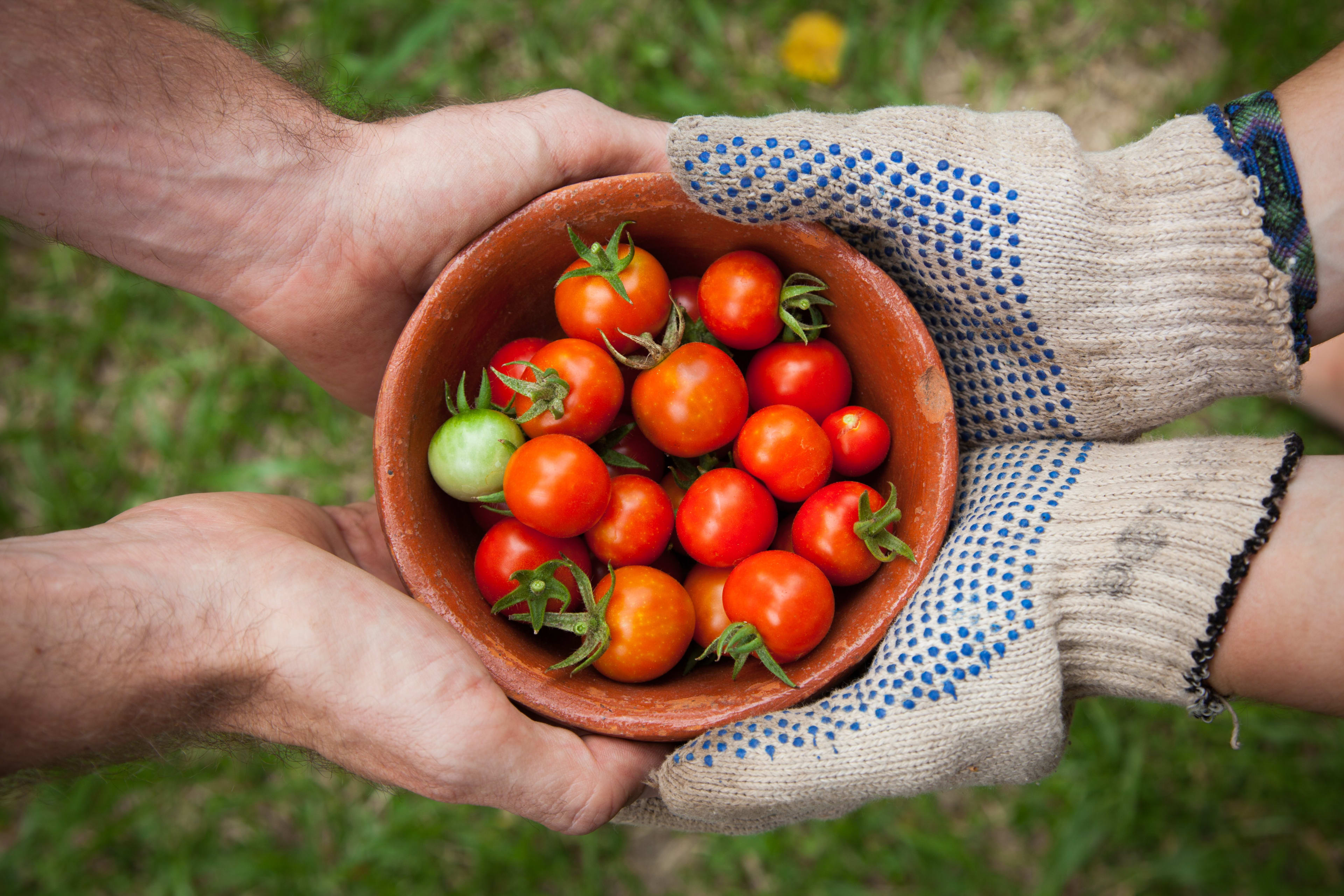
Online gardening forums and resources provide invaluable support and knowledge sharing, connecting gardeners worldwide through virtual platforms.

Community gardens provide a shared space for collaboration and learning, fostering a sense of community while offering access to gardening resources.
Embracing Organic and Sustainable Practices
Adopting organic and sustainable practices in your home garden not only benefits the environment but also enhances the quality of your produce.
Benefits of Organic Gardening
Organic gardening avoids the use of synthetic fertilizers and pesticides, promoting healthier soil and plants. According to a study, organic farming is considered a more sustainable alternative for food production. By using natural pest control methods and organic fertilizers, you can grow healthier produce while reducing your environmental impact.
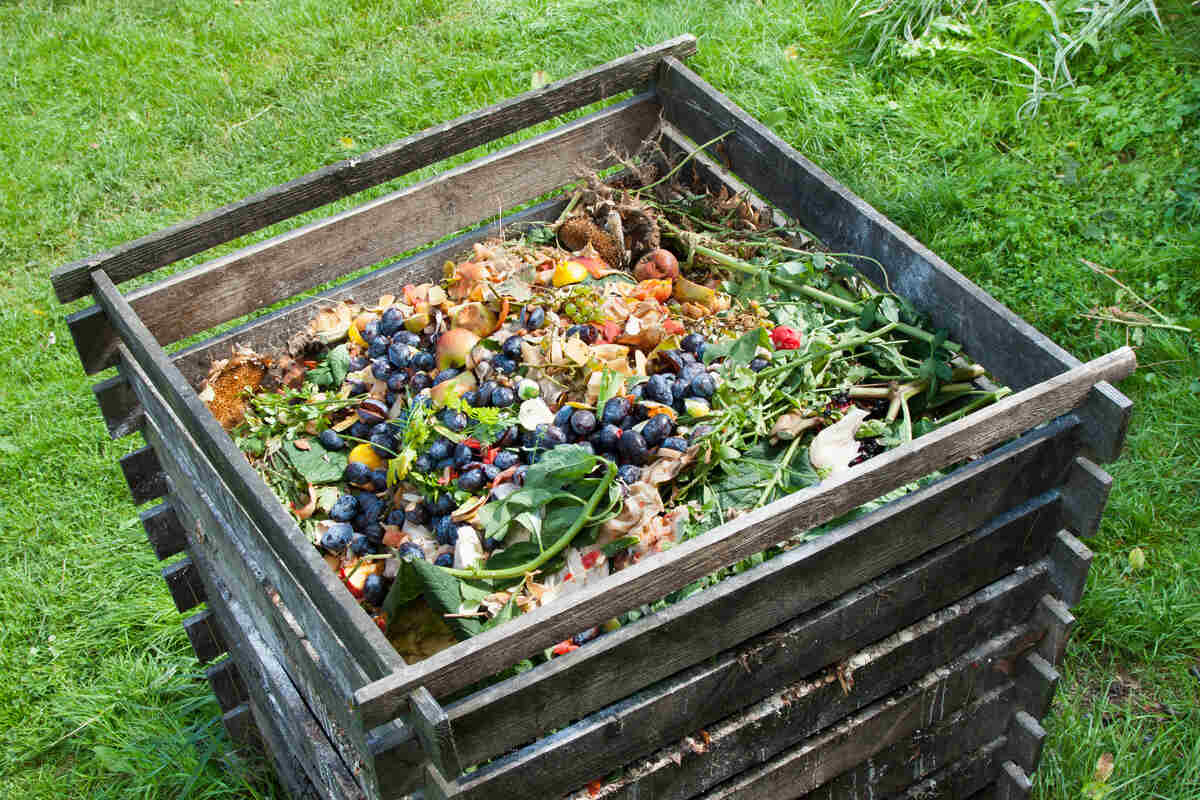
Organic gardening promotes healthier soil through natural composting methods, avoiding synthetic fertilizers and enhancing plant health.
Natural Pest Control
Implementing natural pest control methods is an essential aspect of organic gardening. Techniques such as introducing beneficial insects like ladybugs and using homemade insecticidal soaps can effectively manage pests without harming the environment. Additionally, companion planting can deter pests and promote plant health, reducing the need for chemical interventions.
Soil Health and Fertility
Maintaining healthy soil is crucial for a productive garden. Practices such as crop rotation, cover cropping, and adding organic matter like compost can enhance soil fertility and structure. Healthy soil supports robust plant growth and reduces the need for synthetic fertilizers, aligning with sustainable gardening principles.
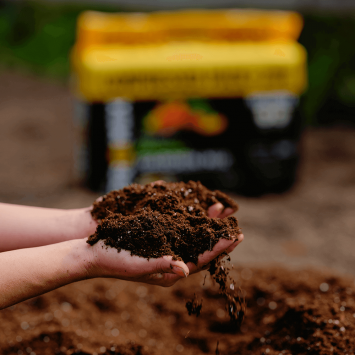
Organic and sustainable practices enhance soil health, creating a thriving ecosystem that supports robust plant growth and biodiversity.
Conclusion
Starting a sustainable home garden on a budget is a fulfilling journey that offers numerous benefits. By carefully selecting high-value crops, maximizing space with vertical gardening, and implementing cost-effective techniques, you can enjoy fresh, organic produce while reducing your environmental impact. Engaging with community initiatives and embracing organic practices further enhances the sustainability of your garden. As you embark on this journey, remember that every small step towards sustainability contributes to a healthier planet. Whether you're growing your own herbs to enhance a grilled street corn chicken rice bowl recipe or exploring new culinary experiences like exploring traditional Inuit cuisine, your home garden can be a source of inspiration and nourishment. Embrace the challenge, enjoy the process, and reap the rewards of your sustainable gardening efforts.
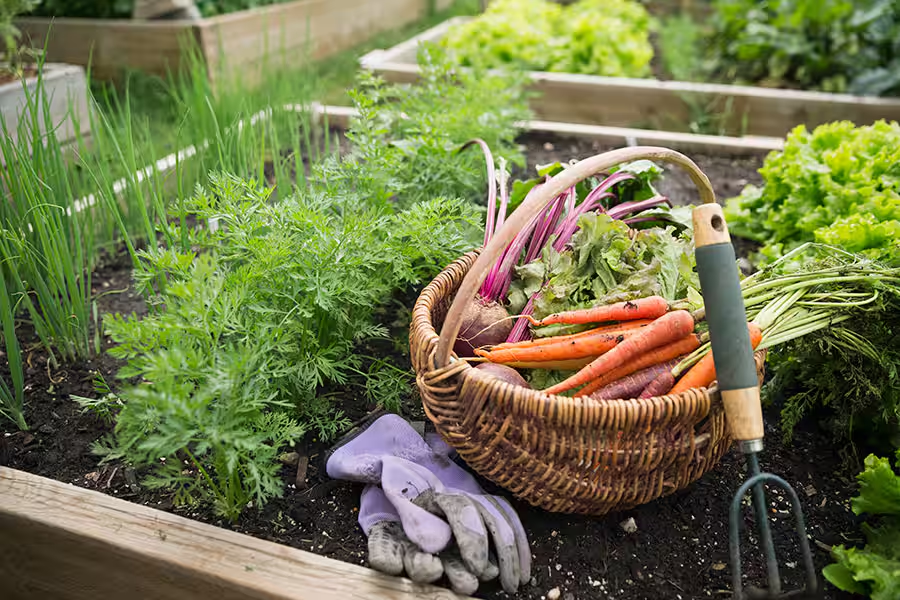
The rewarding journey of sustainable gardening culminates in a rich harvest, showcasing the benefits of careful planning and eco-conscious practices.
Frequently Asked Questions
Starting a home garden offers numerous benefits, including access to fresh, organic produce, reduced grocery costs, and a lower environmental impact. By growing your own fruits, vegetables, and herbs, you can enjoy healthier meals and reduce your carbon footprint. Additionally, gardening can be a therapeutic and rewarding hobby that enhances your connection with nature.
If you have limited space, consider vertical gardening techniques and container gardening. Vertical structures like trellises and wall planters can maximize your growing area, while containers allow you to grow plants in small spaces like balconies and windowsills. By creatively utilizing available space, you can create a productive garden even in urban environments.
To start a garden on a budget, repurpose household items as planters, create your own compost, and participate in seed swaps. Using recycled materials for containers and making your own compost from kitchen scraps can significantly reduce costs. Additionally, seed swaps and exchanges provide access to a variety of seeds at little to no cost, helping you expand your garden affordably.
Maintaining a sustainable garden involves using organic practices, conserving water, and promoting soil health. Avoid synthetic fertilizers and pesticides, opting for natural pest control methods and organic fertilizers instead. Implement water-saving techniques like drip irrigation and mulching to reduce water usage. Additionally, focus on enhancing soil fertility through composting and crop rotation.
For beginners, it's best to start with easy-to-grow crops like leafy greens, tomatoes, and herbs. These plants are relatively low-maintenance and provide a good yield. Leafy greens like lettuce and spinach grow quickly and can be harvested multiple times, while tomatoes and herbs are versatile and enhance a variety of dishes.
Community gardens provide shared spaces for individuals to grow their own produce, offering access to land, shared resources, and a sense of community. Participating in a community garden allows you to learn from experienced gardeners, exchange tips, and access a variety of plants. These gardens play a crucial role in urban agriculture, promoting sustainability and food security.
Organic gardening benefits the environment by reducing the use of synthetic chemicals, promoting biodiversity, and enhancing soil health. By avoiding synthetic fertilizers and pesticides, organic gardening minimizes pollution and supports a healthier ecosystem. Additionally, practices like composting and crop rotation improve soil fertility and structure, contributing to sustainable agriculture.
Yes, with careful planning and the right techniques, you can grow your own food year-round. By understanding the growing seasons in your region and selecting appropriate crops, you can enjoy a continuous supply of fresh produce. Techniques like succession planting and using season extenders like cold frames and greenhouses can help you grow food throughout the year.
Sources & References
- Is Organic Food Really Better for the Environment? – State of the ...
- Responding to the COVID-19 Pandemic through Community ...
- Programs and Support for Small and Mid-Sized Farmers | Home
- Why hasn't hydroponics caught on? : r/Hydroponics
- The GRS garden project: How much does a garden really save? 2008-01-06T11:10:16-07:00
- If each person grew their own food, how much money would they ...